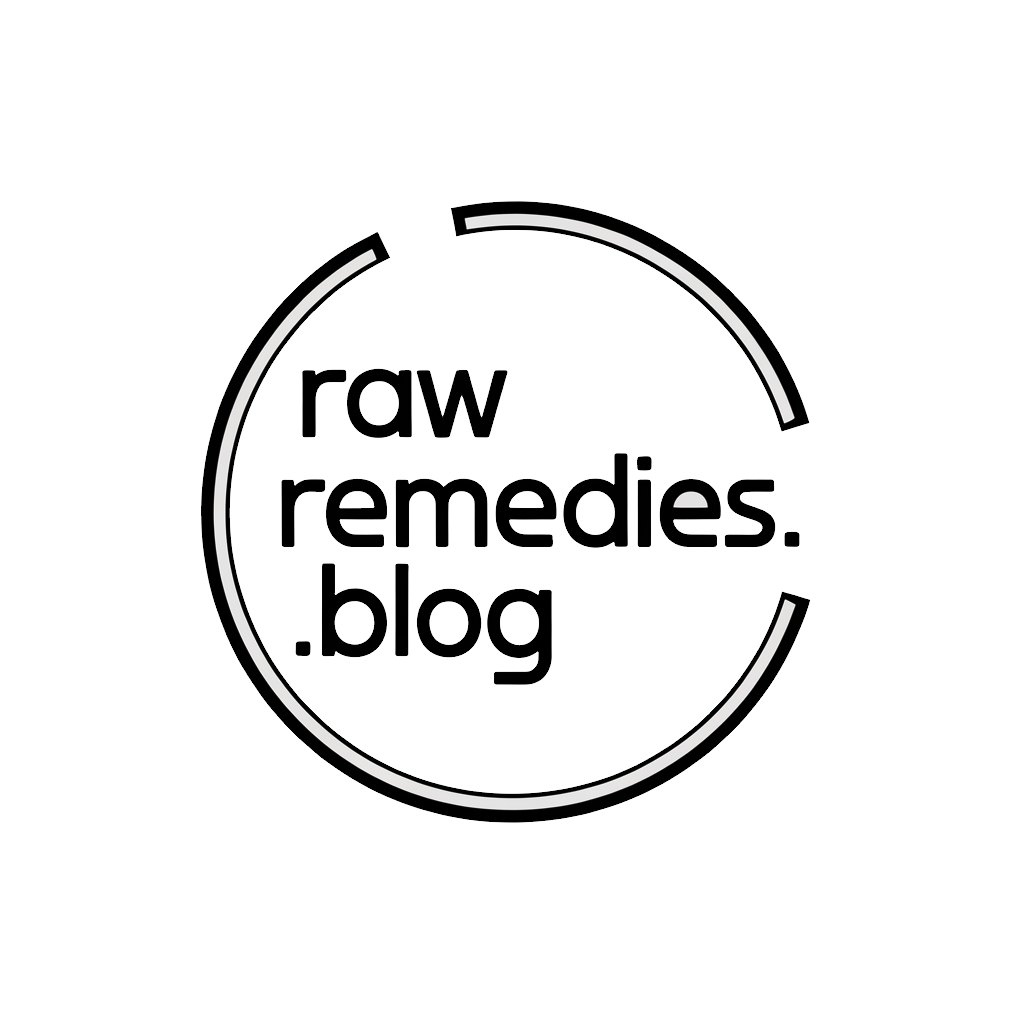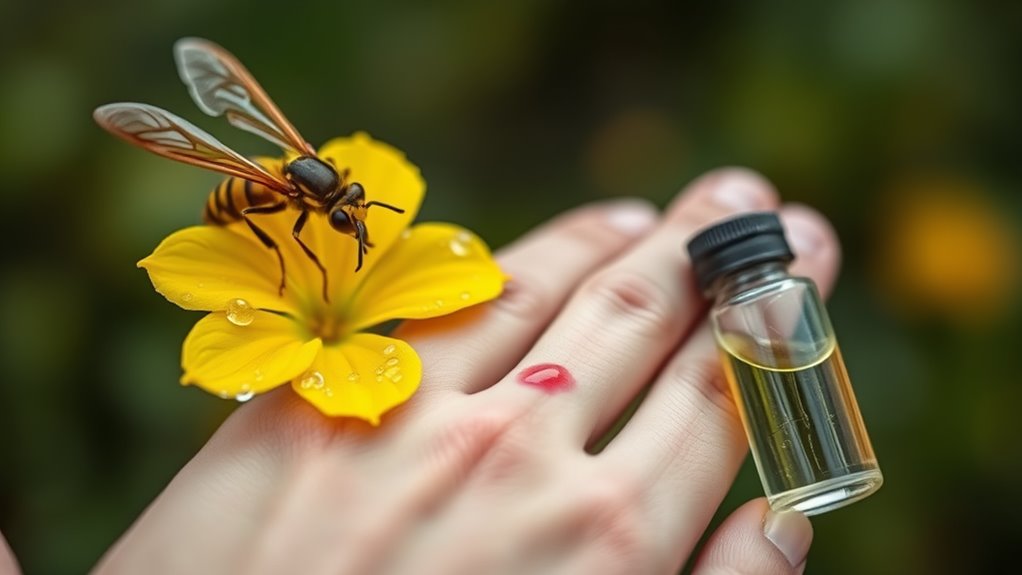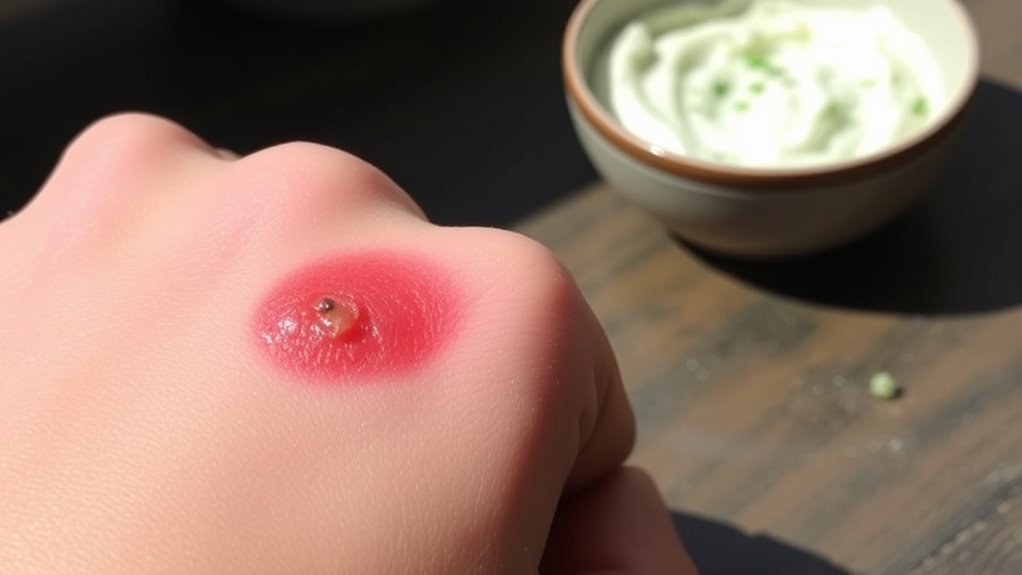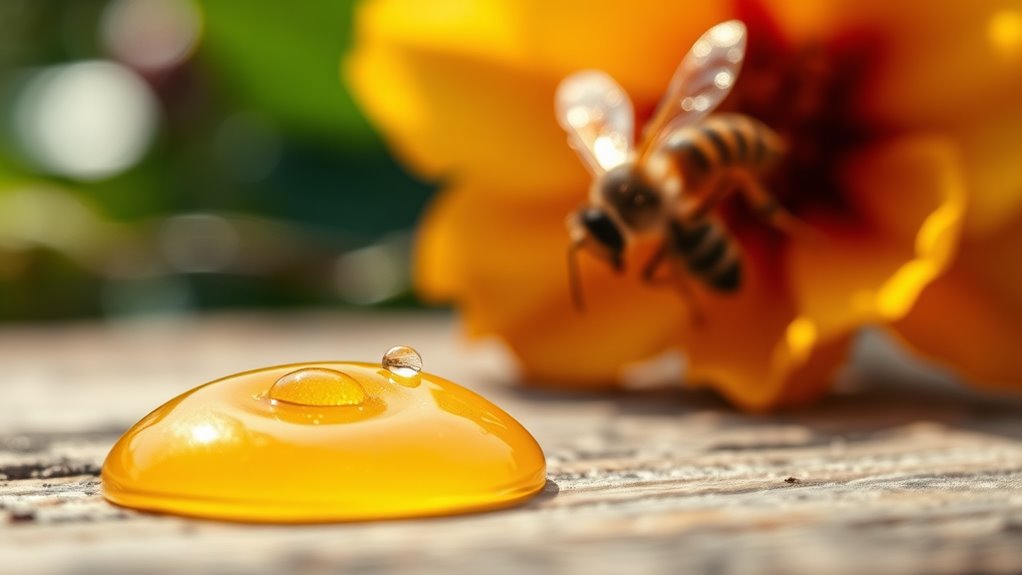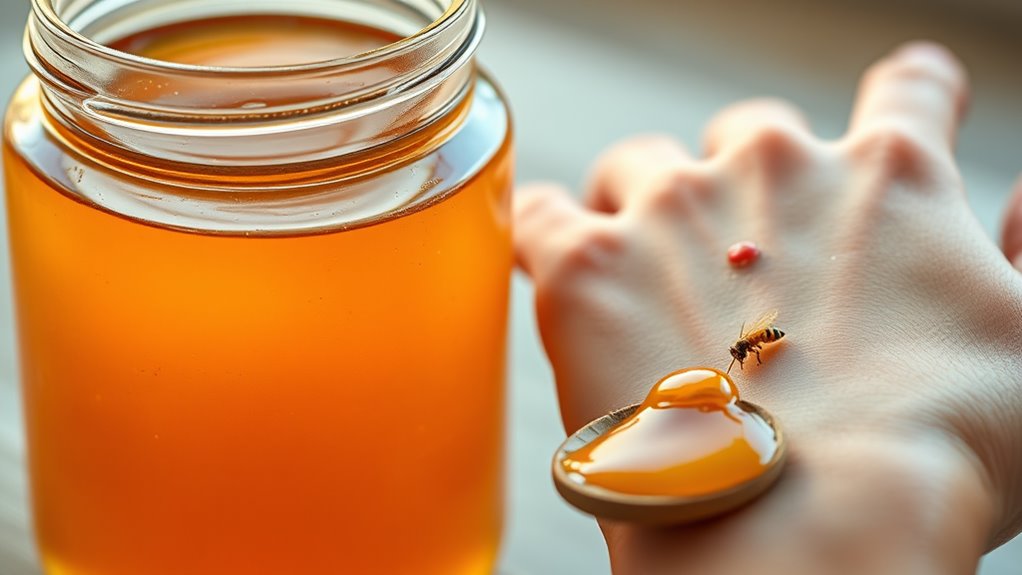Wasp Sting. This One Ingredient Stops the Pain Instantly!
If you’ve ever experienced a wasp sting, you know how quickly the pain can set in. Fortunately, there’s a simple and effective remedy that can provide relief. Apple cider vinegar is not just a kitchen staple; it has properties that can neutralize the sting’s venom and ease your discomfort. Curious about how to use it and what makes it so effective? You’ll want to keep exploring this natural solution.
Understanding Wasp Stings and Their Symptoms
When you get stung by a wasp, it’s crucial to recognize the symptoms right away. You might feel a sharp, burning pain at the sting site, often followed by swelling and redness.
Don’t ignore these signs; acknowledging them helps you act fast. As the pain intensifies, you may notice itching or even a rash.
If you’re allergic, you could face more severe reactions like difficulty breathing or swelling beyond the sting area. Using apple cider vinegar can provide instant relief from wasp sting pain, making it a valuable remedy to have on hand.
Knowing how to relieve wasp sting pain fast can make a world of difference. Gather your friends or family for support, and don’t hesitate to seek medical help if needed.
The Role of Apple Cider Vinegar in Pain Relief
If you’re looking for a natural remedy to alleviate the pain from a wasp sting, apple cider vinegar might just be your answer. This common household ingredient is celebrated not just for its culinary uses but also for its potential healing properties.
When you apply it to the sting site, its acidity can help neutralize the venom and reduce inflammation. You’ll appreciate how quickly it eases the burning sensation, allowing you to feel more comfortable in no time. Additionally, its antifungal and pH-balancing properties can further enhance the healing process, providing you with even more relief.
Plus, using apple cider vinegar connects you to a community of those who prefer natural solutions over pharmaceuticals. Sharing this knowledge fosters a sense of belonging, as you join others who embrace nature’s remedies for life’s little mishaps.
Step-by-Step Guide to Applying Apple Cider Vinegar
Applying apple cider vinegar to a wasp sting can be a simple and effective way to find relief.
First, grab a clean cotton ball or cloth and soak it in apple cider vinegar. Make sure it’s saturated but not dripping.
Next, gently press the soaked cotton onto the sting area for about 10-15 minutes. This helps to neutralize the pain and reduce swelling. If you feel a strong reaction, don’t hesitate to reapply as needed. Additionally, apple cider vinegar is known for its anti-inflammatory properties which can further assist in soothing the sting.
Afterward, rinse the area with cool water to wash away any residual vinegar. You’ll feel a difference in no time!
The Science Behind Apple Cider Vinegar’s Effectiveness
Although many people swear by apple cider vinegar for wasp sting relief, its effectiveness is backed by science. This tangy remedy contains acetic acid, which helps to neutralize the alkaline venom from the sting. When you apply it, the vinegar reduces inflammation and soothes the pain, making you feel more comfortable in no time.
Plus, its antibacterial properties can prevent infection, giving you extra peace of mind. You’re not alone in seeking natural solutions; countless others find comfort in this simple ingredient.
Additional Home Remedies for Wasp Stings
When faced with a wasp sting, you might be surprised to find that several common household items can provide relief. For instance, applying a paste made from baking soda and water can help neutralize the venom and reduce itching. This is because baking soda creates an effective alkaline paste that quickly neutralizes wasp venom. If you have aloe vera gel on hand, its soothing properties can ease inflammation and promote healing. Honey is another great option; its natural antibacterial properties can help prevent infection while soothing the sting.
You might also consider using a cold pack or ice wrapped in cloth to numb the area and reduce swelling. These remedies not only bring comfort but also connect you to natural solutions many people have relied on for generations.
Embrace these simple home remedies, and you’ll feel part of a caring community.
Preventing Future Wasp Stings
To avoid future wasp stings, you should take proactive measures in your environment.
Start by keeping food and drinks covered during outdoor gatherings. Wasps are attracted to sweet scents, so clean up spills and dispose of trash promptly.
If you’re working in the garden, wear light-colored clothing and avoid floral patterns, as these can attract wasps.
You might also consider sealing any cracks or openings in your home to prevent nests from forming nearby.
Planting natural repellents, like mint or citronella, can help deter them too.
Lastly, educate your friends and family about wasp safety. Together, you can create a safer outdoor space, allowing everyone to enjoy the sunshine without worrying about getting stung.
When to Seek Medical Attention
Even with precautions in place, accidents can happen, and it’s important to know when to seek medical attention after a wasp sting.
While many stings can be treated at home, some situations require professional help. If you experience any of the following, don’t hesitate to reach out to a healthcare provider:
-
Severe allergic reaction: If you notice swelling beyond the sting site, difficulty breathing, or hives.
-
Persistent pain or symptoms: If pain worsens or doesn’t improve after a few hours.
-
Multiple stings: If you’ve been stung multiple times, especially if you’re unsure about your allergy status.
